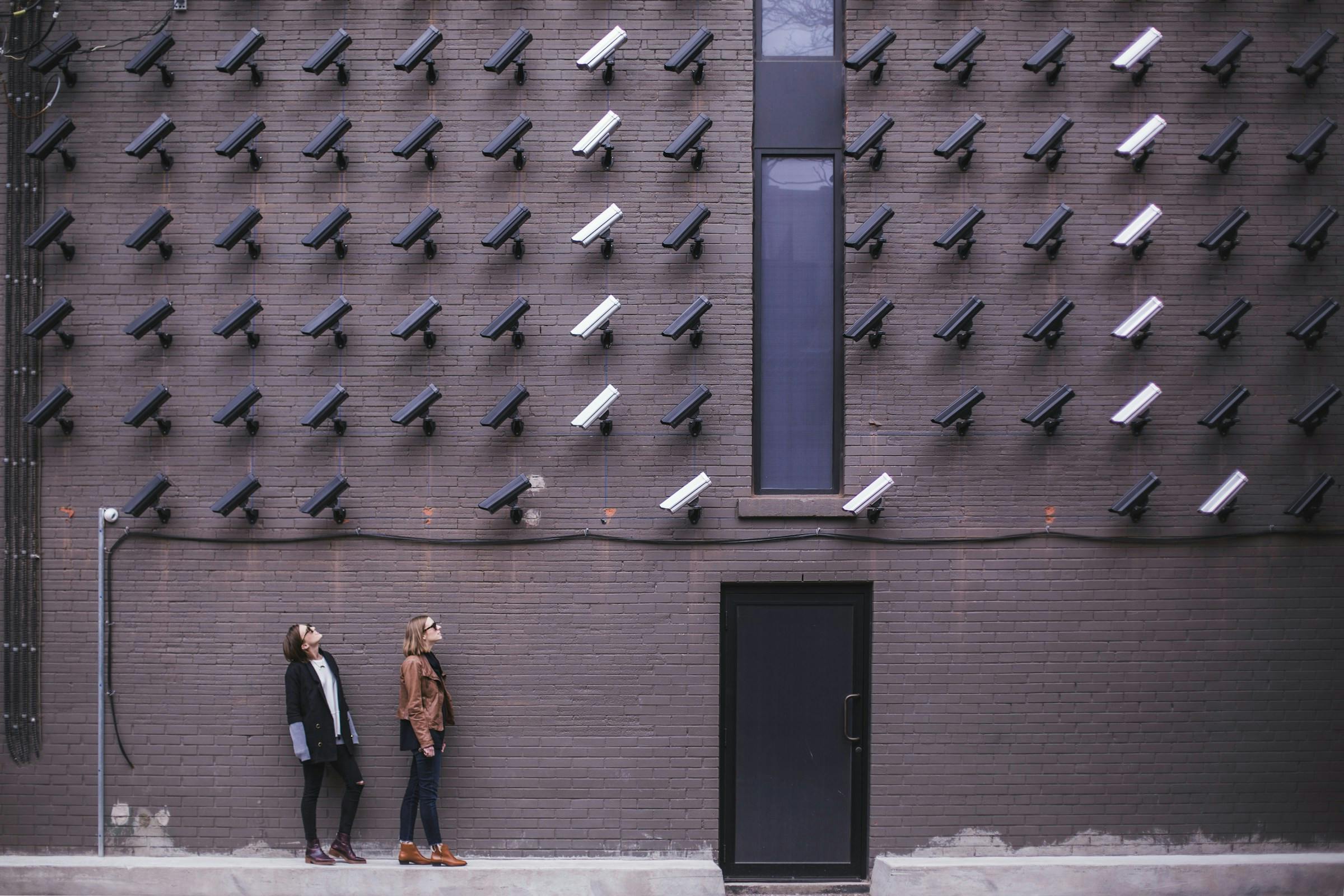Humanoid robots have officially arrived… sort of. Companies are wheeling out sleek, expensive prototypes with human-like limbs, while cooing PR departments promise a future where your home is co-managed by a machine that never gets tired or complains about doing the dishes and other chores.
But for now, most of these Android assistants are still glorified puppets, controlled in real-time by human operators. It’s called teleoperation, and it’s stirring up all sorts of discomfort.
Don’t miss any of our unbiased tech content and lab-based reviews. Add as a preferred Google source.
The robots are here
Neo the robot stands tall while folding the laundry.
Take 1X’s Neo, for example. Wrapped in fabric and moving with calculated caution, it looks the part. But the big reveal? There’s someone on the other end controlling it.
Critics online — including popular tech reviewer MKBHD — were quick to point out that this essentially turns your robot into a rolling surveillance unit with a stranger at the helm, watching your life unfold through a 1080p feed.
And, to be fair, that does sound somewhat unsettling. Nobody loves the idea of letting an anonymous joystick jockey peek into their living room.
But here’s the twist: This fear might be misplaced. Because while the setup feels new, it’s actually just a digital spin on something we already do.
Why we flinch, and why we might be wrong to
In the demo, Figure 02 folds towels at a rate of approximately 22 seconds per towel.
It’s instinctual, really. Someone seeing your space, even indirectly, feels intimate, vulnerable and invasive.
Zoom out for a second. We already invite people into our homes to do jobs. Cleaners, caregivers, plumbers, dog walkers. Even delivery drivers, for some of us. They get to see the clutter, the chaos and the weird fridge magnets inside our homes.
And a robot has even less agency than a human. Think about your robot vacuum. It has software-defined zones and a power button you control. If it does something weird, you can just unplug it.
A job for humans after all
‘s Jesse Orrall tried to make my DIY folding setup as similar as possible to the one used by Figure (see above).
There’s also a surprising upside to this: Robot teleoperation could create jobs.
I spoke to Dave Brown, president and CEO of Hays Americas, who says this new category of remote robot operators is on the way.
“These roles are coming,” Hays says, “but they’re in the early stages and will require significant cultural and societal changes as robots physically occupy our space, unlike computer-based AI.”
Teleoperation is already here in other forms: remote drone pilots, remote forklift drivers and even remote warehouse managers monitoring robotic fleets.
There’s an elephant in the room. Could AI eventually replace these human operators? Maybe. But Brown is measured on that, too.
“As robots get smarter, they could eventually carry out tasks directed by people without being controlled by them,” he says.
Still, that’s a matter of when, not if. And “when” could be a while.
Crucially, even temporary job categories can help soften the blow of technological disruption. It’s less robots versus humans, and more humans guiding robots. Full autonomy isn’t coming as fast as some would like you to believe.
Just ask Tesla. Despite having access to millions of miles of driving data every day, the automaker’s Full Self-Driving software has taken years to get to a point where “self-driving” doesn’t feel like a generous euphemism. We’re at the stage where it’s incredibly impressive — it drove me around for a whole trip to San Francisco — but even now, it requires human oversight.
“Look Ma, no hands!” With Tesla Full Self-Driving, you don’t even need to touch the steering wheel anymore. But it still requires human oversight.
Home robots collect far less data from far fewer users than Tesla does. That means less operating time and vastly more diverse environments. Let’s not pretend that your Lego-strewn hallway is that different from anyone else’s. This means slower training, longer development cycles and a more challenging path to true autonomy.
So when robotics companies say autonomy is “just around the corner,” take it with a grain of salt. Historically, autonomy has never arrived on time, which makes teleoperation not just a crutch, but the core operating model for the foreseeable future.
AI-controlled humanoid robots are on the horizon, and I’m excited to see them arrive. But they’re a little further away than we might like to think. This makes human operators not a bug in the system, but part of the plan.
If it’s going to live with you, it’d better look friendly
Cloth-laden, soft, gentle and approachable. At least that’s the idea. For some, there’s still something oddly menacing about this humanoid robot.
Autonomy and employment aren’t the only hurdles. There’s another equally human factor to consider: how these robots make us feel. When I spoke with Julien Ajdenbaum, CTO of InteractionLabs, he emphasized the importance of robots appearing friendly for mass adoption. Design matters — because if you want people to let a robot into their home, it better not look like something from Black Mirror.
Take 1X’s Neo again. Its all-cloth body was deliberately chosen to appear soft, gentle and approachable. And yet, for some, it still triggers something in the uncanny valley — that weird mental space where things look too human, but not quite enough to be comforting.
InteractionLabs is pushing this even further. Its robot is essentially the long-lost cousin of Pixar’s lamp, Luxo Jr. — complete with blinking eyes, bashful movements, and a personality oozing from its interactive voice. The startup even brought on a Toy Story animator to help nail the vibe.
This robot for the home looks like Pixar’s lamp. It’s cute and adorable, but more importantly, it might be an important step in getting humans to adopt robots.
This concept isn’t new; Apple’s first Macintosh said “Hello” when it booted up — a simple touch that made the machine feel personable, friendly and alive.
“Not all robots need to look like a toy,” says Chris Paxton, head of AI at Agility Robotics. “Friendly is important, but it’s relative and hard to hit.”
When it comes to humanoids, design isn’t decoration — it’s part of the strategy. While some companies are ironing out the big challenge that is autonomy, perhaps others can pave the way to human adoption. After all, hundreds of thousands of consumers won’t shell out $20,000 on a humanoid robot — teleoperated or not — any time soon.
The future looks awkward
We’re standing on the edge of a new chapter in domestic tech. The days of spending thousands of dollars and taking up floor space on multiple specialized home robots (like robot vacuums) are numbered.
Humanoid robots are coming, but not as all-knowing, self-driving household gods. They’re arriving awkwardly, cautiously, part-human, part-machine and fully imperfect.
Teleoperation might seem like a half-step toward full autonomy, but it’s a critical one. It could provide humans with work in a world where there is growing concern about AI taking away jobs. It could give companies time to develop their autonomous AI systems. It could also give us a way to slowly adjust to machines living among us.
Design, meanwhile, is slowly making these machines feel less alien and reminding us that new tech doesn’t have to be cold and clinical. It can blink and say “hello,” and if it trips over and breaks a lamp but apologizes and makes a joke, you might just forgive it rather than throw it out.
This isn’t the path to the future people imagined — it’s slower, messier and more human. And along that path, teleoperation and design won’t just make robots functional. It will make them welcome.








